Top 15 Tourist Attractions in Turin, Italy
Turin, described as the city of Magic, discloses the reticent blend of credence, ethnicity and exalted vestiges. The city lies courteously at the waterfronts of Po River, as the prehistoric remark of ancient roman settlement in the Piedmont region. The enigmatic essence of Turin is reflected through many embalmed structures, statues and symbols across the city; disguising the belligerent manifestation of white and black magic.
Surrounded by medieval palaces and aristocratic boulevards, the urban landscape of Turin has retained its 19th-century sentiment. Torino is the production house of Italy’s best chocolate and incredible white truffle delicacies. The city wears the glowing crest of Italy’s capital after unification; upholding its constitutional, industrial and above all, cultural significance in the country.
The multidimensional city reveals assortments of noteworthy museums, art galleries, historic edifices, and mystifying legacies. Below is our list for 15 must-see destinations in Turin.
1. La Mole Antonelliana – National Museum of Cinema
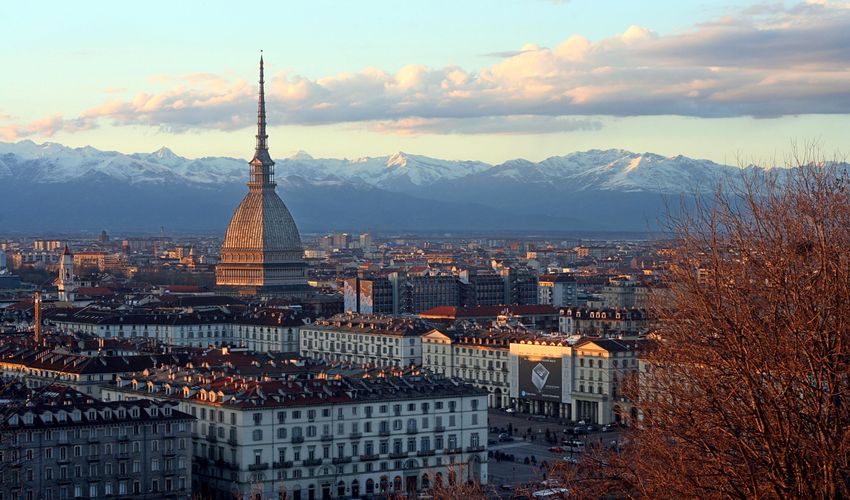
Presenting the architectural symbol of the city, La mole is the tallest building in Turin. Named after the celebrated artist, La Mole was built through inspirations of the 19th-century architect Antonelli as a Jewish house of worship; though based on a regal order, the building was acquired by the government and never served as a synagogue.
Magnificent building of Antonelliana houses Turin’s annual Film Festival, and the National Museum of Cinema; presenting fascinating artifacts of visual art journey and its craft since the birth of motion picture. On top of the 167 meters building, a large terrace is distinguished for a staggering panoramic view of the Turin’s skyline, heritage sites and proud peaks of Alps.
2. Palazzo dell’Accademia Delle Scienze – Egyptian Museum
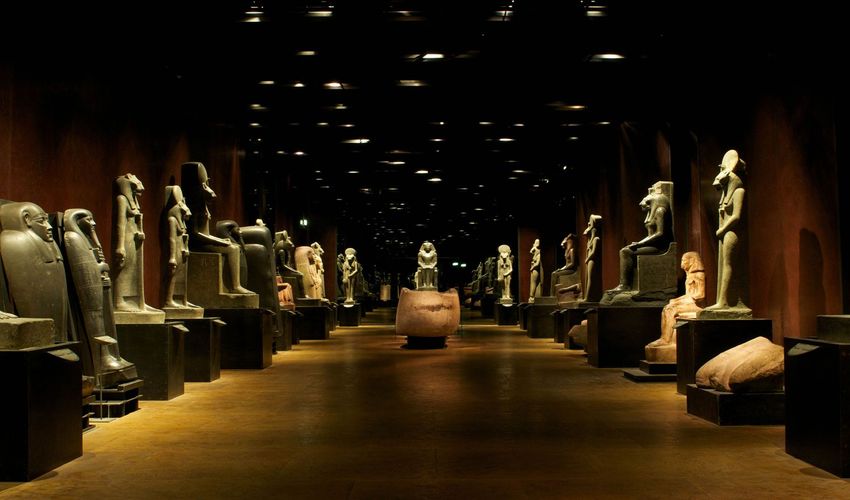
Egyptian Museum of Turin sum-ups the world’s first Egyptian artifact Museum, and the second-largest collection among in the world after Cairo. Exhibitions are held at the Academy of science complex; including four floors of important papyrus scriptures, Egyptian lord mummies, King’s galleries and Tomb of the God-king, Kha.
Artifacts are revealed by an artistic arrangement; highlighting a statuary collection shone under golden lamination and embraced by a dim backdrop- concluding the praiseworthy masterwork by Dante Ferretti.
Established in the 19th century, the museum has been under a series of expansion and reconstructions, arising the highly artistic exhibits of Egyptian antiquity, while expanding the collection. Walk in the halls of Egyptian history and extend your cultural visit with a cup of coffee at museums’ small café.
3. Church of La Gran Madre

Located at Piazza Vittorio, Church of the Great Mother of God is one of Turin’s significant catholic basilicas. At first glance, basilica’s frontage takes the attention of the viewer; a curious mix of roman facade attiring an edifice of the catholic faith.
La Gran Madre was constructed over the remains of the ancient Roman pantheon in the 19th century- as a benedict omen for the victory of Emanuele I over Napoleon troops. A legend recounts the statue in front of basilica points to the direction of the burial site of the Holy Grail. On the inside, notable sculptures and astonishing roman decorations are featured.
Neoclassical church of the Great Madre was filmed during the production of The Italian Job movie, featuring Michael Caine; turning the church to even a more popular destination.
4. The Cathedral and Shroud of Turin
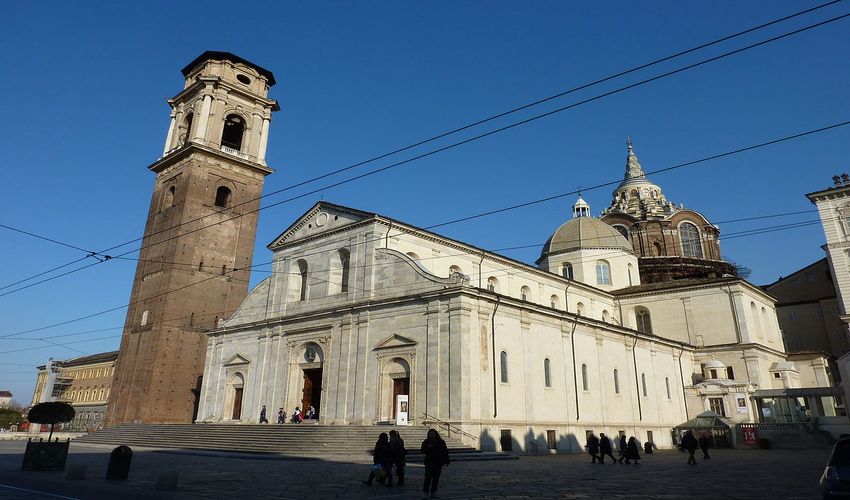
Roman catholic cathedral of Turin is dedicated to St. John the Baptist, the archbishop of Turin. The baroque cathedral was constructed in the 15th century. Although, Sindone’s historic foundation is imbedded on three Paleo-Christian churches traced back to the 4th century and an ancient Roman theatre.
Chapel of the Holy Shroud conceals the burial shroud of Christ- as many believe; transforming the cathedral into an admiring destination for both pilgrims and enthusiasts of art and history. Sacred tomb of Pier Giorgio Frassati, regarded as the Saint of the poor, is cherished here in Sindone Cathedral. Visit one of the most admiring churches of catholic faith infused with rococo architecture and renaissance art decorations.
5. Piazza Castello
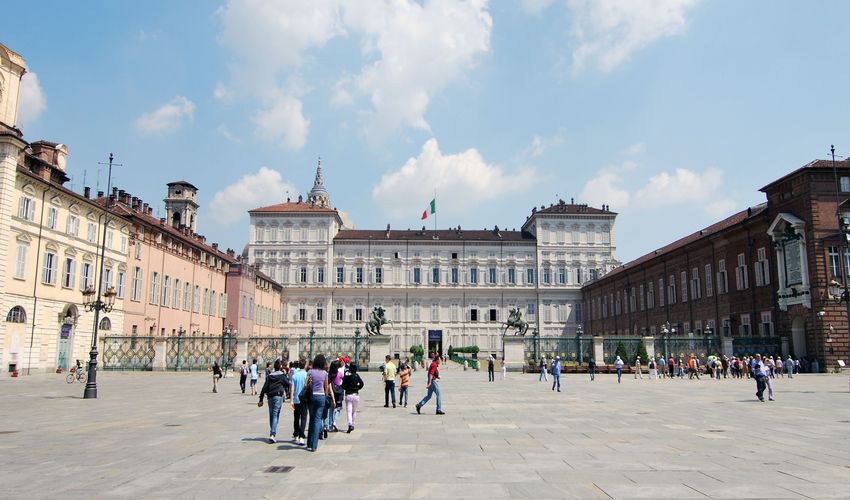
A huge stone-paved square symbolizes the historic center of Turin. Castle square was built in the 13th century, as the social gathering point since. Upon the visit, the most prominent building that catches the eye is Castello Madame, the seat to the first senate of Italian Kingdom; currently, the monumental structure serves as Turin’s municipal museum of ancient arts, casing astonishing ancient compendiums.
Turin’s historic square is bordered with art galleries, palaces, and theatres. Alongside the cultural propensity, several cafes and restaurants offer authentic and continental delicacies. Relish the startling staging of the majestic structures, the ground leveled fountains and treat yourself to the world-famous cuisine of Turin.
6. GAM Modern Art Gallery
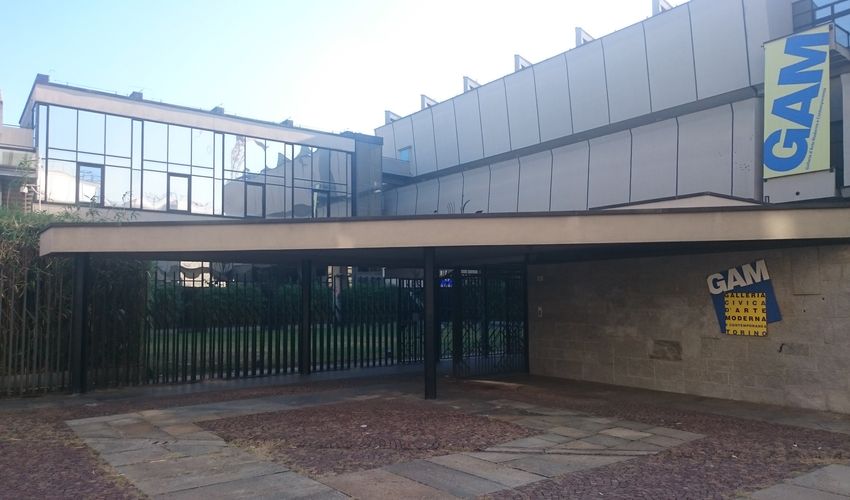
Founded in the late 19th century, the Modern art Gallery of Turin is a prized trove of modern art collections from Italian and Foreign Artists. The museum exhibits an array of genres in four artistically arranged floors, comprising; Paintings on canvas, paper, installations, Motion picture, photography, sculpture and other innovative forms.
GAM conserves more than 45,000 artworks dating from fundamental modern art pieces mostly from the 18th and 19th centuries by prominent artists. Art masters often refer to la Galleria as a textbook example of the modern art revolution. Today, Gam shields cultural events and conferences from around the world. Discover the richness of the modern art and captivating beauty of parades at Galleria d’Arte Moderna.
7. Piazza San Carlo
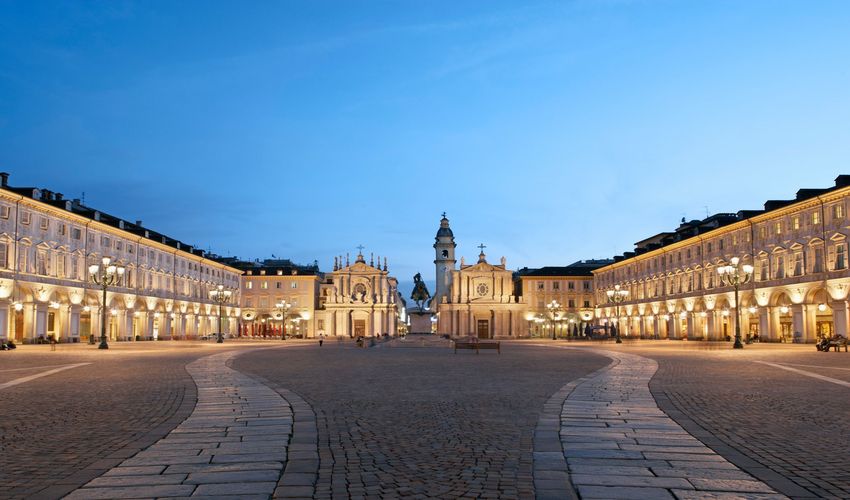
San Carlo Square, one of Turin’s significant squares, is a baroque illustration of urban architecture. Architect Carlo di Castellamonte was appointed to layout Piazza’s project in the 16th century, as an emblem of honor for Turin’s former archbishop; Benedetto Alfieri enhanced additional ameliorations and expansions in the 17th century, finalizing the sight of Piazza.
Mounting high at the center of the baroque square is the metal statue of Emanuele Filiberto I, mended by the hands of Carlo Marochetti at the end of the 19th century. Named after San Carlo church at the south flank of Piazza, Santa Christina sits adjacent to its twin church, nearly identical to the basilica of San Carlo. Palazzo Guido and Gates of Hell are other historic strongholds in the vicinity.
Two of the city’s antique café are located under the arcade of the piazza; fusing flavorful delicacies and antiquity jointly. Contrasting most of Turin’s touristic attractions, Quadrangle of San Carlo offers serene surroundings and heritage richness together.
8. Basilica di Superga
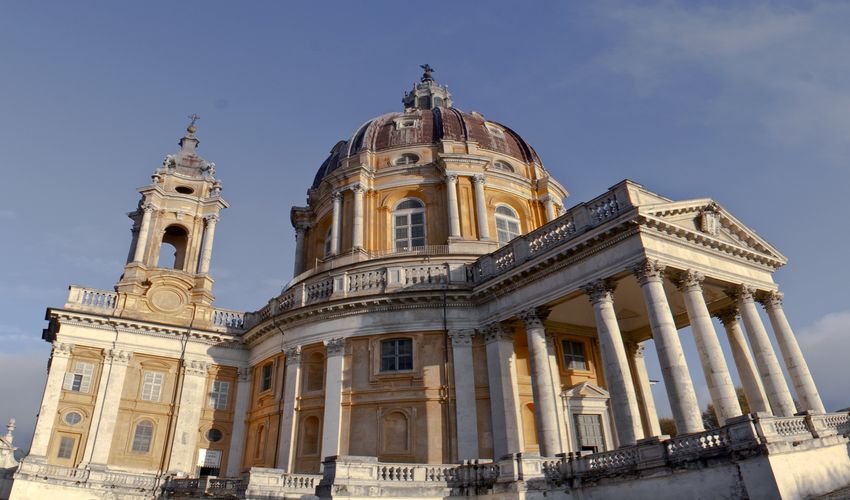
Sited at the top of Turin’s Hill Park, Church of Superga was assembled as a token of gratitude to the Virgin Mary in the early 18th century. It is a masterpiece by Filippo Juvarra decorated with dazing exterior, twin bell towers, and its remarkable dome. Past the Romanesque entrance of the basilica, a humbly ornamented pathway leads the way to memorial chapels of Savoy vaults, known as the King’s Crypt.
Hall of Popes and basilica’s cloisters are additional awe-inspiring elements of church and Savoy’s family prominence. At the top, residential apartments of Savoy family are revealed to the visitors for a gander at the sequestered abode of Turin’s rulers. Climbing 135 stairs to the top terrace rewards the viewer with the horizon of the piedmont region; to the right, offering an outline of the magic city, and the valley of Alps on to the left side.
9. Musei Reali – Royal Museums
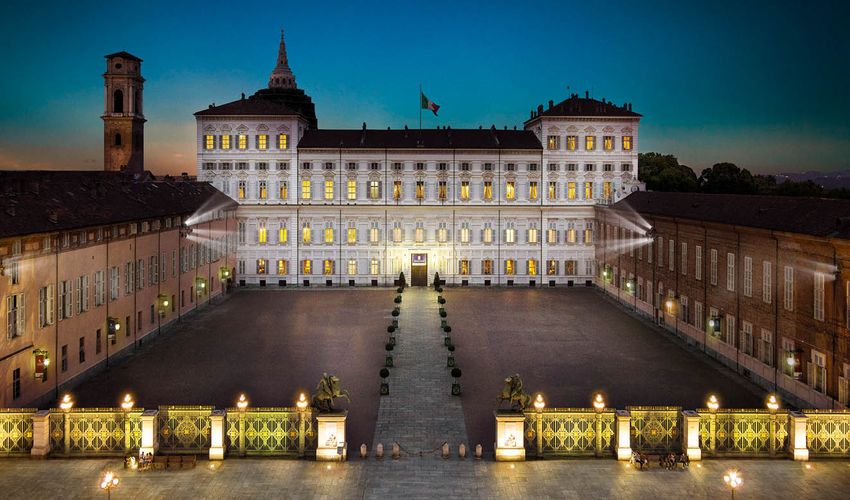
Flanked by Piazza Castello, Royal Museums is a grand assemblage of museums – based on the artifacts belonging to neighboring palaces, roman relicts and Savoy collected masterpieces. The museum is alleged at Royal Palace, the official residence of Savoy dynasty for three centuries, and the birthplace of Italy’s first queen, Regina Margherita of Savoy. The surface is premeditated with renaissance style architecture while the interior has retained its aristocratic state of glory.
Across the large rooms and Salas, exceptional paintings ornate the walls dating back from the 16th to mid-20th centuries. Hall of Medagliere conceals the royal armory of the castle, noted as significant in its own kind, while the walls of the hall display vibrant frescos by Francesco Beaumont – hence called, Galleria Beaumont.
Sabauda Gallery is a new addition to the palace, showcasing artifacts and mostly personal art collections of Savoy Family; vast collections of Dutch and Italian ranging from 13th to 19th century. Besides art and warfare amassing, the royal dynasty was also enthusiastic to gather ancient relics. A collection of Roman and Egyptian reliquary is exhibited as an archeological museum at the cellar of the Royal Palace.
10. Le Gallerie Coperte – Covered Passages of Turin
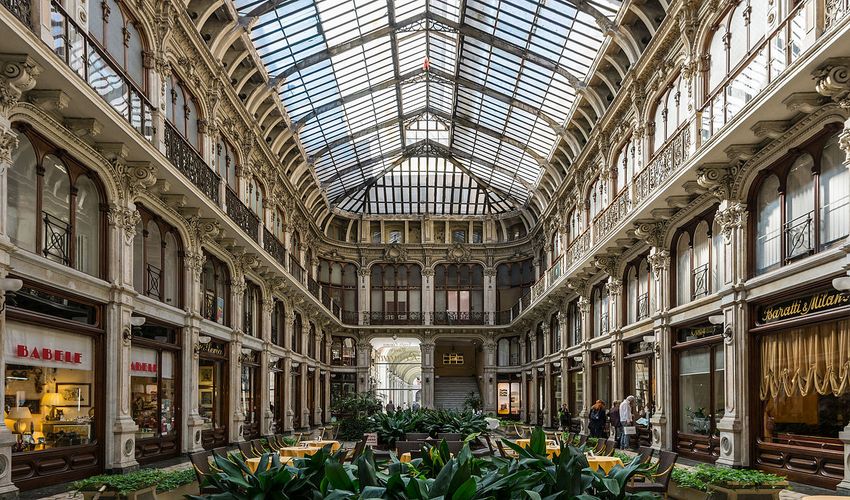
Alongside being the dwelling ground of Magical forces, Turin is also noted as the modern architecture capital of Italy; leaving its visitors stunned with urban sceneries. Covered passages are built discerningly in Galleria Subalpina, Galleria Di San Federico and Galleria Di Umberto I.
Built-in the late 19th century, Galleria Subalpina is situated paces from Piazza Castello; encompassing antique bookshops under its magnificent glass roof. At purlieu of Via Roma, Stands San Federico shopping arcade. Galleria conceals the Turin’s first cinema operating up to present-day; furthermore authentic cafes, souvenir stores and the city’s specialty- chocolate. Passage of Umberto I is an architecture chef-d’oeuvre built at the end of the 19th century; contributing the visitors with a serene dining experience while overlooking Piazza Della Repubblica.
11. Parco del Valentino
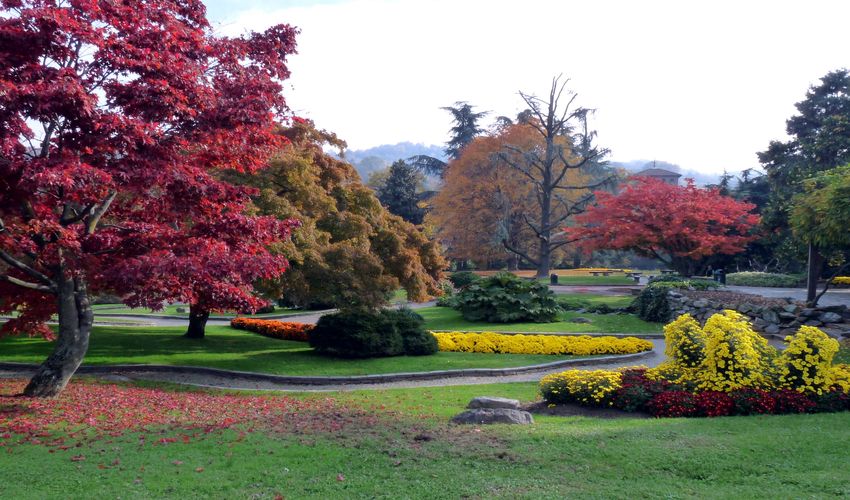
Concealing a lush green area at the side of River Po, Valentino Park was founded in 1630 as the first municipal park of Turin. Today, the massive park is still the largest green zone in the city, carrying the nametag of Turin’s green lungs. The monumental entrance is adorned with the Arch of artilleryman by Pietro Canonica in the early 20th century.
The arch leads the way through the stone-cobbled paths lined with century-old trees, a picturesque Rock Garden with flowers and streams, park’s popular bicycle track and outstanding scenery at the banks of Po River.
The botanical garden of Turin is the supporting gardens of Valentino Castle – serving as Botanical Institution of Turin’s University; presenting a wide range as well as rare species of plants. On the other side, music clubs, brasseries, and enchanting cafes offer an outstanding view of Valentino Park, the Castle, Medieval Borgo Village and fun ambient for a pleasant suppertime or a round of friendly drinks.
12. San Salvario District
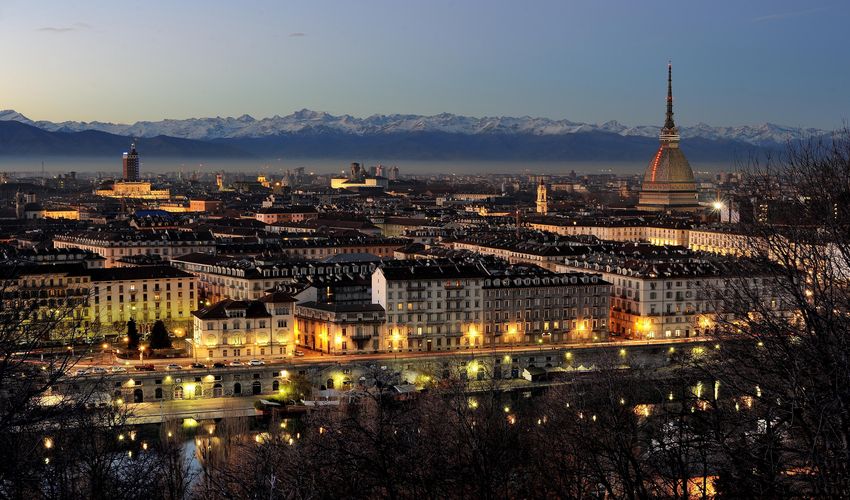
On the alternative side to the richness of culture and art, the district of San Salvario bids the lively and youthful neighborhood of the city. Turin is the revolutionary electronic music capital of the country, encompassing music clubs of progressive music; artistic cafes and intimate bars are plentiful in San Salvario.
Embodying the modern heart of the city, folks often portray Turin as the city of the future, after their visit to San Salvario district. Discover the city’s famous gastronomy corner, move to the beats of world-class music events and for a cultural dose, stopover at district’s art exhibitions.
13. Porta Palatina – Roman Gate of Turin
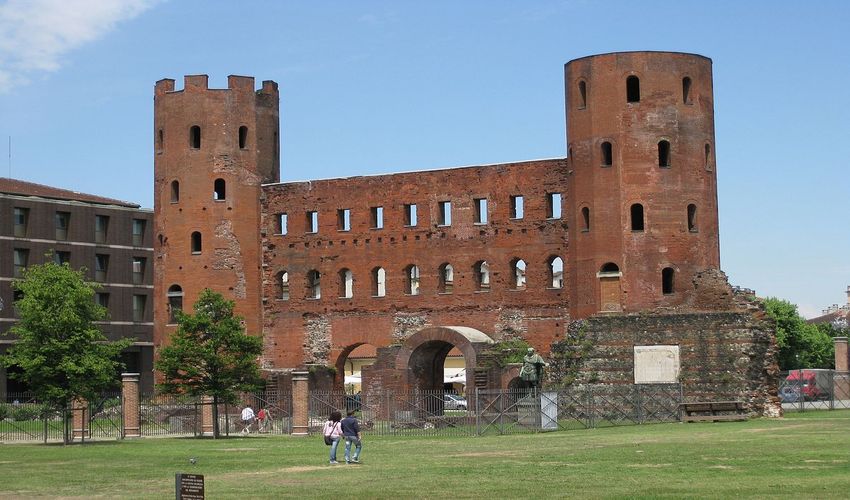
Turin’s history is rooted in the Roman colony of Taurasia – presently positioned in modern quarters of Vanchiglietta – and mythical stories. The roman colony formed in the piedmont region had strategic significance as it marked the passage to the Alps; a defensive wall and several gates were protecting the city.
The only gate standing angst the erosion of time is Porta Palatina traced back to 1st century BC. Translating to the Imperial Palace gate, la Porta identifies the central historic center of the city. Remaining ancient towers with stagger carvings and an attached piece of the ancient defensive wall.
14. Allianz Stadium
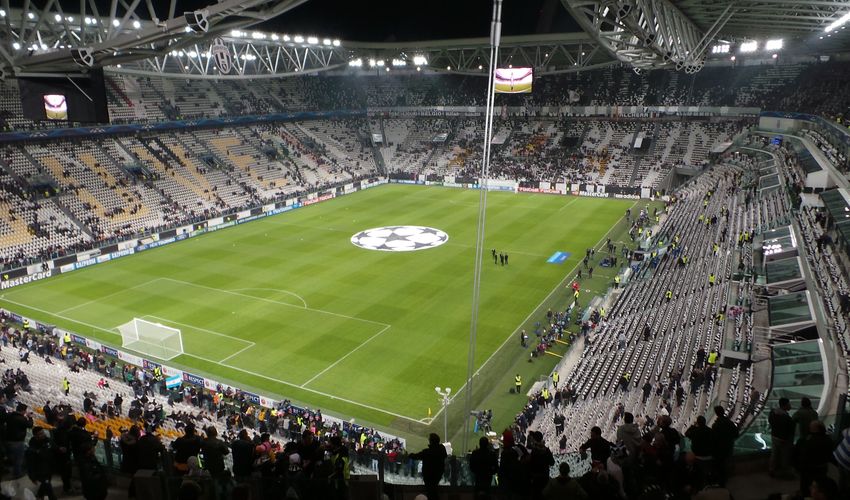
In Italia, taking part in soccer activities, either as a participant or a supporter, is considered a sacred and patriotic ritual; Turin is no exception. Turin is a popular destination for sports fans; housing one of the leading champion teams in Europe, Juventus Club Stadium.
The colossal stadium is located in the northeast of the city with a capacity of 41,000 seats. A small museum screens collections of the club’s eminent history, up to present. The shopping center at the stadium caters refreshments, eateries and Juventus themed outlet stores exclusively for the fans. Juventus Museum and shopping center are open around the week except for public holidays; although to watch the zebra’s game first handed, presale tickets must be purchased on the Juventus website 2 to 4 weeks before the competition’s date.
15. Villa Della Regina
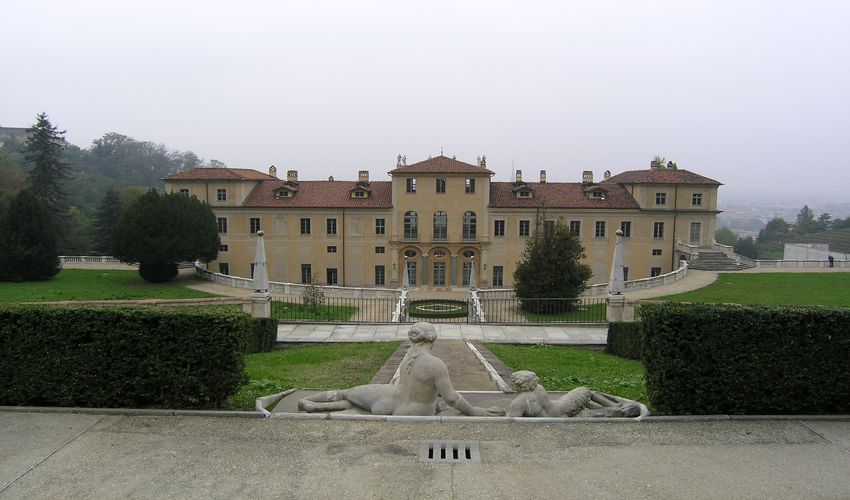
Throughout three centuries supremacy, Turin is flagged with many thumbprints of Savoy Dynasty; Villa Della Regina, or the Queen’s villa, was the summer mansion of the family’s ladies and lords. The mansion sits on the green hills just across Emanuele I Bridge, among its vast vineyard, Vigna Della Regina.
Built-in the 17th century, the villa was a romantic gesture of Maurizio, Son of Emanuele I for his beloved wife, queen Ludovica di Savoia, and their romantic sanctuary from royal burdens. Later Savoy Lineage held intellectual meetings in various science and art fields while enjoying their summer retreat. Owned by several lordships, many folds of aristocratic elements and elaborate architecture were further enhancements to the original design.
Piazza Castello encompasses monumental treasures that call for careful viewing. Basilica of Our Lady of Consolation is an 11th-century pearl near Piazza Della Repubblica; offering charming ambient. In addition to all its wonders, Turin harbors the National Automobile Museum showcasing Models such as Ferrari, Bugatti, and Alfa Romeo.
Encountering the Turinese locals can open the portal to a world of mysterious stories and ancient legacies of the city – a source of much amazement. Incoherence with the local costume, treat yourself to a mouthful of nutty sweetness in Turin’s many chocolate shops. Other popular beverages are coffee and wine, which are both brewed with distinction.